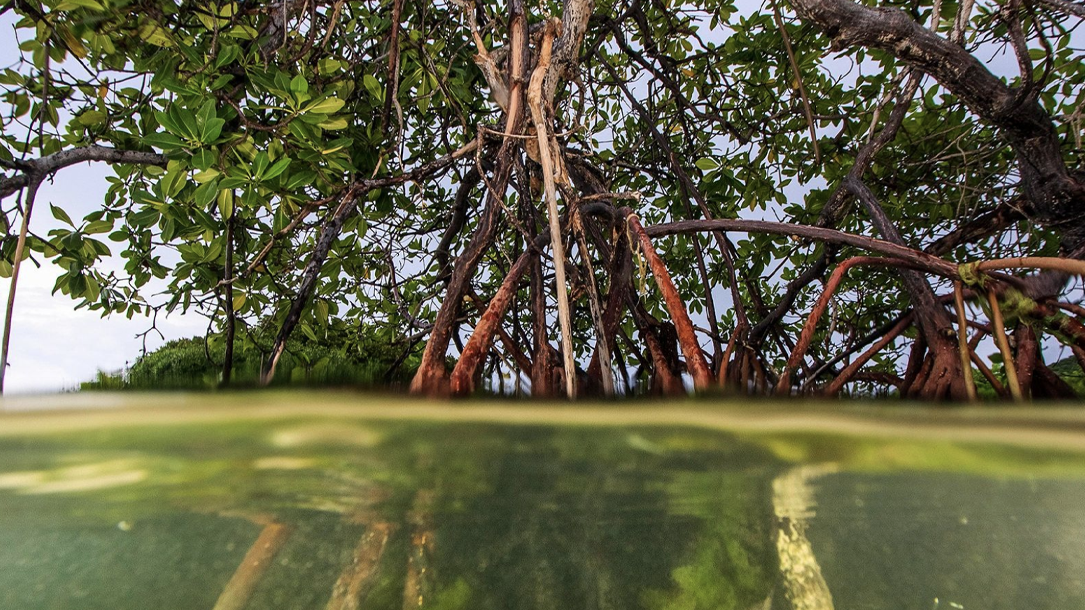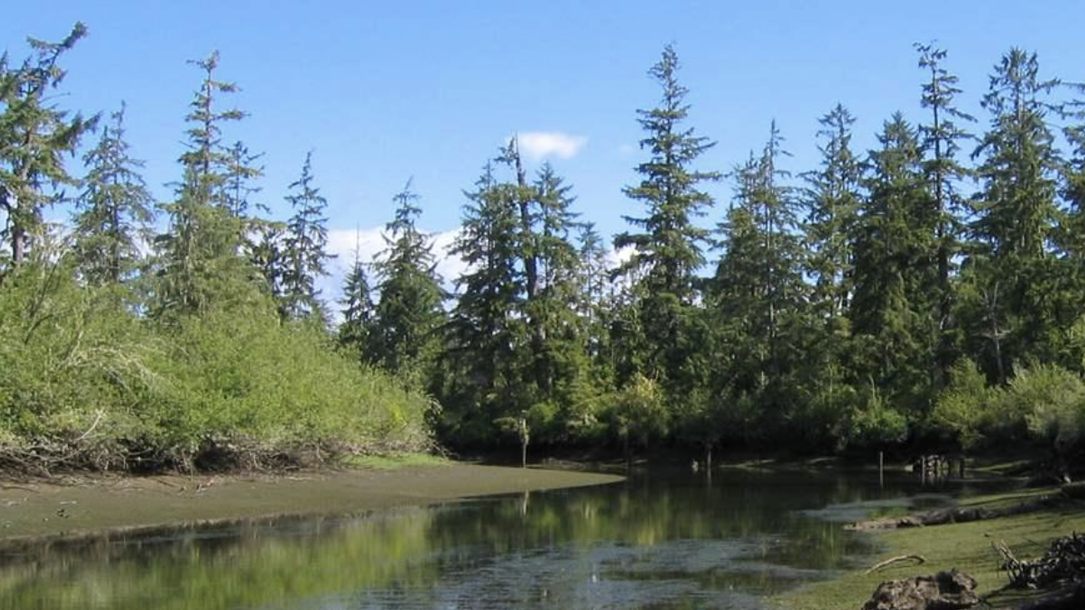Home > Climate News >

Nature-based solutions funding database
National Wildlife Federation has created an interactive database for communities interested in pursuing federal funding and/or technical assistance for nature-based solutions. You can use their filters to search for nature-based solutions funding and technical assistance resources that fit your needs. For additional information on search filters, see their Glossary page.

Guest post: What the tiny remaining 1.5C carbon budget means for climate policy
The latest estimates from the Global Carbon Project (GCP) show that total worldwide CO2 emissions in 2022 have reached near-record levels.
The GCP’s estimates put the remaining carbon budget for 1.5C – specifically, the amount of CO2 that can still be emitted for a 50% chance of staying below 1.5C of warming – at 380bn tonnes of CO2 (GtCO2). At the current rate of emissions, this budget would be blown in just nine years.
While that is a disconcertingly short amount of time, the budget for 1.5C may actually be even tighter.

How nature can get us 37 percent of the way to the Paris Climate Target
“The last two years have seen significant global advancement on climate action, with hundreds of global businesses and national and sub-national leaders building on the momentum of the Paris Agreement to initiate new climate pledges, initiatives and funding programs. But there remains a gap between promised action and realized climate progress, and many solutions available to us now remain underutilized—especially in the land sector, which currently accounts for nearly a quarter of greenhouse gas emissions…”

Democrats respond to fear because they internalize it already. Republicans respond to opportunity.
Most people now agree that climate change is real and that humans are causing it. But that’s where the consensus stops. Political pollster and strategist Frank Luntz, known for pioneering political focus groups, believes there is a better way to reach more people, more effectively in order to mobilize real action on climate change. In this highly interactive talk…

How can states set ‘blue carbon’ baselines to help meet their climate goals?
As awareness grows of the important contributions of “blue carbon” habitats—such as salt marsh, tidal forested wetlands, and seagrass beds—in sequestering carbon and reducing climate change impacts, states are beginning to incorporate these coastal ecosystems into their strategies for reducing emissions and enhancing carbon storage through improved management of natural and working lands.

States can use federal data to assess ‘blue carbon’ and combat climate change
During a recent webinar hosted by The Pew Charitable Trusts, experts from the U.S. Environmental Protection Agency and Silvestrum Climate Associates highlighted how new and expanded federal data resources can help states catalog and conserve “blue carbon”— carbon captured and stored in coastal wetlands…

Biodiversity safeguards bird communities under a changing climate
Community-level diversity works as a buffer against negative climate change impacts, especially during winter, i.e the season that has shown strongest climatic warming across the Northern Hemisphere.
On the other hand, biodiversity played a smaller role during the breeding season. Indeed, earlier studies have shown that bird communities change faster during winter than summer, which explains this pattern…

Alley cropping case studies in Appalachia
The Natural Resource Conservation Service (NRCS) describes alley cropping as having several conservation purposes, including reducing surface water runoff and erosion, improving soil health, altering subsurface water quantity or water table depths, enhancing wildlife and beneficial insect habitat, increasing crop diversity, and increasing carbon storage.
Much like agrivoltaics with crops and/or cattle, the combined farming practice can increase overall yields and benefits. Plus, funding may be available. The case study focuses on Appalachia but could be emulated elsewhere.

Solar farms put cow comfort and crop yield ahead of harvesting electrons
Solar arrays that promise to generate happier, healthier cows and crops, while producing cheap electrons on the side, are being put into practice in France, following a series of government-led energy tenders with a difference…
To really drive home this focus, the French government used contracts for the difference where the price per MWh is set for 20 years above the market value to compensate for the prioritization of agriculture and livestock over maximum solar production…

New York City’s greenery absorbs a surprising amount of its carbon emissions
A study of vegetation across New York City and some densely populated adjoining areas has found that on many summer days, photosynthesis by trees and grasses absorbs all the carbon emissions produced by cars, trucks and buses, and then some. The surprising result, based on new hyper-local vegetation maps, points to the underappreciated importance of urban greenery in the carbon cycle…












